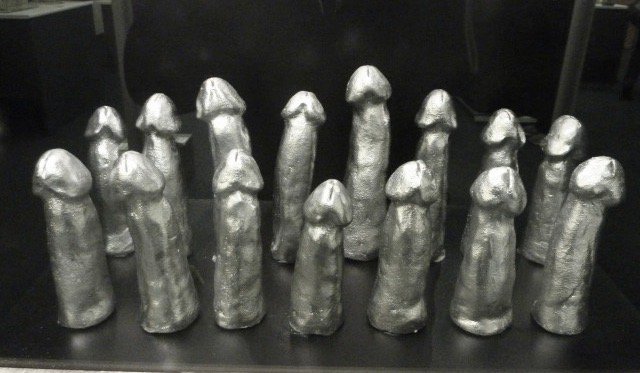Who doesn’t like to bust a myth from time to time? It’s always good to challenge our assumptions, and we tend to have loads of them around sexuality.
For too long, the myth has persisted that all genitalia are created equal. It’s time to break down this misconception and acknowledge the truth: all genitalia are unique, just like every other part of our bodies.
Many people are taught to believe that there are only two types of genitals: the penis and the vagina. But the reality is far more complex than that. The truth is that there is a wide variety of genital anatomy, and that everyone’s genitals are different.
One of the biggest misconceptions about genitals is that there is a “normal” or “ideal” way for them to look. In reality, there is no such thing as a “normal” or “ideal” genital appearance. Every individual has their own unique genital shape, size, and appearance. Just like every person’s face, hair, and body are different, so too are their genitals.
It’s important to recognize that genital diversity is not only natural, but also healthy. The more we understand and accept the range of genital variations, the less we stigmatize and shame people for their bodies. We can, instead, promote more positive attitudes toward sexual health and pleasure.
Another common myth is that people with certain types of genitals are more or less sexual than others. This couldn’t be further from the truth. Sexual arousal and pleasure are not determined by genital size, shape, or appearance. Rather, they are influenced by a complex interplay of physical, emotional, and psychological factors.
Unfortunately, many people still hold on to outdated and harmful beliefs about genitalia. For example, some believe that people with larger genitalia are more sexually desirable. Others view small genitalia as a sign of weakness or inferiority. These attitudes can lead to negative body image and self-esteem issues, as well as sexual dysfunction and dissatisfaction.
To break down these harmful beliefs, we need to promote a more inclusive and accepting attitude toward genital diversity. This means acknowledging and celebrating the unique features of all genitalia, rather than trying to fit them into narrow and unrealistic beauty standards.
It’s time to debunk the myth that all genitals are alike. By embracing the diversity of our bodies, we can promote a healthier and more positive attitude toward sexual health and pleasure. So let’s celebrate the beautiful, complex, and unique diversity of genitalia, and strive to create a more inclusive and accepting world for all.
In Gratitude,
Taranga
